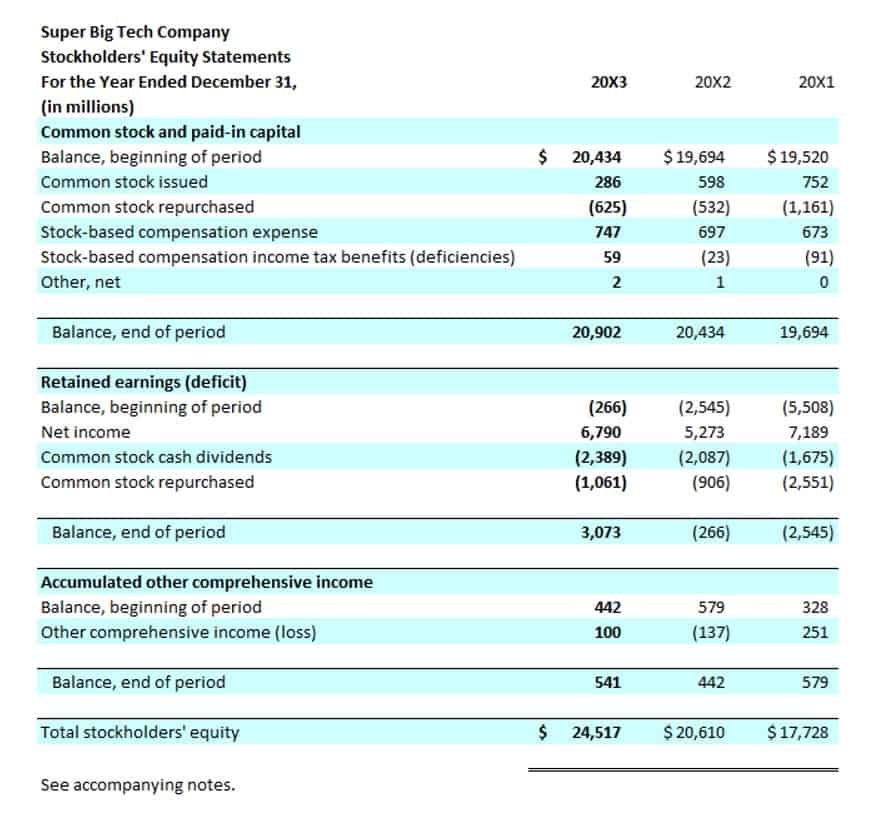- Nemate artikala u vašoj korpi
- Iznos: 0,00 KM

These steady streams of revenue help build confidence in your business model and create a solid path for long-term success. By monitoring changes in ARR due to customers canceling subscriptions or downgrading their plans, businesses can identify trends and develop strategies to enhance customer retention. Understanding why customers leave or reduce their commitment is crucial for improving product or service offerings and maintaining long-term customer relationships. Monthly recurring revenue (MRR) is distinct from annual recurring revenue (ARR) primarily in its periodicity; it’s gauged on a monthly basis whereas ARR is measured yearly.
- MRR, on the other hand, offers a more immediate snapshot of business performance, helping companies monitor monthly revenue fluctuations, seasonal trends, or the impact of marketing campaigns.
- It includes new ARR from new customers, ARR from upgrades, minus the ARR lost from downgrades and customer churn.
- As a fundamental metric for contextualizing your overall growth and the momentum at which you can scale, a few different factors come into play.
- These systems help you spot trends, identify opportunities, and make informed decisions for your SaaS business.
- Earning CFI’s industry-recognized Financial Modeling & Valuation Analyst (FMVA®) Certification equips you with in-depth valuation skills.
- Despite its ubiquity, ARR is often misused or misrepresented — sometimes unintentionally.
Forecast Cash Like a Pro With Scheduled Payment Data

ARR should Debt to Asset Ratio include only recurring revenue components such as subscription fees, membership fees, and annual license renewals. One-time fees like setup costs, installation charges, and professional services should be excluded. Variable components like usage-based charges are typically excluded unless they’re consistently predictable.

Activated ARR
For subscription companies, like most SaaS businesses, annual recurring revenue is one of those metrics. It gives you a high-level overview of your business health and helps you calculate the rate at which you need to grow to keep building on your success. Gaining a clear understanding of annual recurring revenue (ARR) requires a look into the revenue trends of your company. This includes insights from new customers, renewing clientele, incremental boosts from add-ons and upgrades, and the downsides of downgrades, customer losses, and revenue churn. ARR specifically pertains to the predictable yearly revenue from subscription-based services, reflecting a business’s stability in terms of customer commitments.
What Is ARR? How To Measure Annual Recurring Revenue (

Annual Recurring Revenue (ARR) is a key financial metric that reflects the predictable revenue a company expects to generate from subscriptions or recurring contracts over a 12-month period. SaaS sales and other subscription-based businesses commonly fixed assets use ARR to monitor long-term revenue performance, measure customer growth, and forecast future earnings. Annual Recurring Revenue (ARR) is a key metric used by subscription-based businesses, particularly those in the SaaS (Software as a Service) industry.
- ARR based on annual or multi-year contracts is more reliable than a service that is billed month-to-month.
- ARR provides a clear view of sustainable revenue, helping management plan for growth and investors evaluate long-term stability.
- A startup with a high ARR and a track record of consistent growth is less risky than one with a low ARR and inconsistent revenue streams.
- If ARR is not meeting expectations, it may indicate that prices are too low relative to the value offered.
Frequently Asked Questions about ARR
However, the concept of churn, or “attrition”, is the hurdle encountered by most, which contrasts securing recurring subscriptions and customer retention. If the product offering is unmatched in quality and a tier above the rest of the competition, the outcome is the acquisition of more recurring customers at lower customer acquisition costs. The value received by customers must not only meet but exceed their expectations to establish a recurring revenue stream. Hence, the market-leading recurring revenue businesses that “go public” via an initial public offering (IPO)—or direct listing (e.g. Spotify)—become listed on a stock exchange trade at a significant premium. Recurring Revenue is the portion of a company’s revenue that is expected to continue in the future, in contrast to one-time sales. Let’s say you run a SaaS company that charges $1,000 per year for access to your platform.
ARR (annual recurring revenue) defined and how to calculate it
For instance, if an agency’s MRR is $1,800, its ARR would be $21,600 if the churn rate is 0. If customers are billed monthly, then the ARR can be calculated by dividing the contract value of the subscription by the length of the contract in months. ARR can also be calculated using the MRR (which is the revenue generated per month) with the following formula. Contracted ARR, or Contracted Annual Recurring Revenue, is a pivotal metric for SaaS companies aiming to secure a clear picture of their future revenue streams. Unlike Activated ARR, annual recurring revenue which focuses on revenue from active contracts, Contracted ARR encompasses all signed agreements, including those yet to commence.

